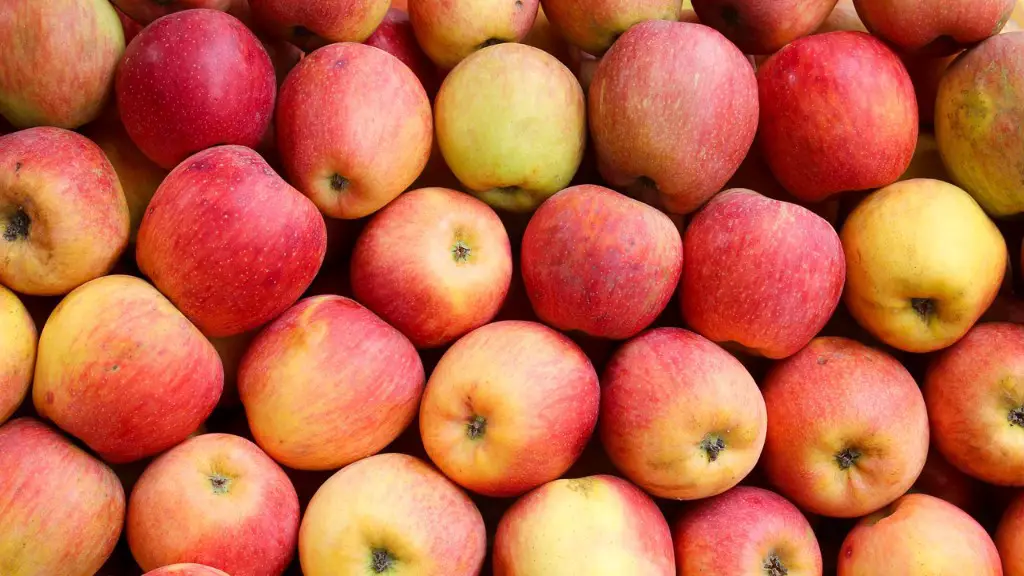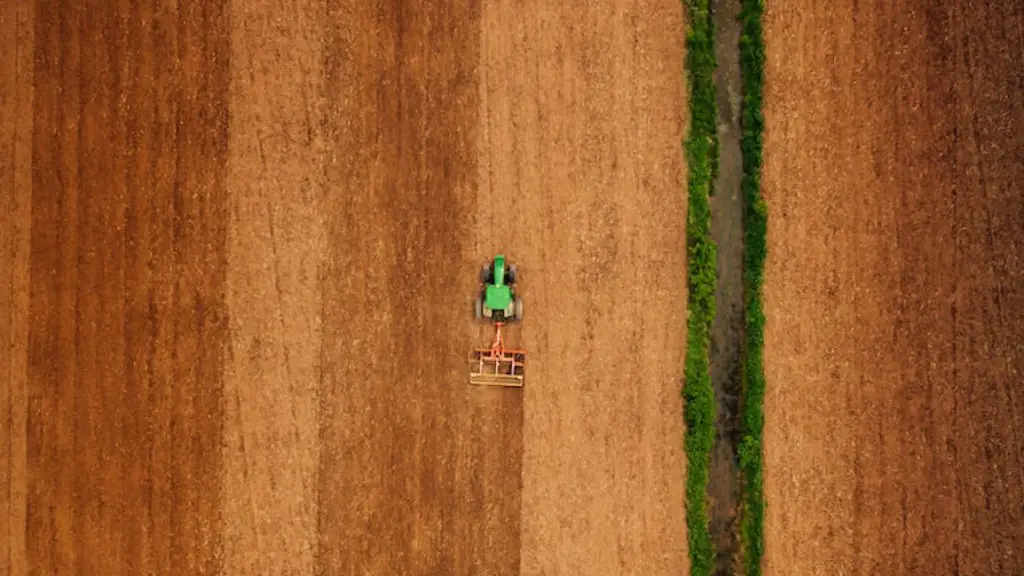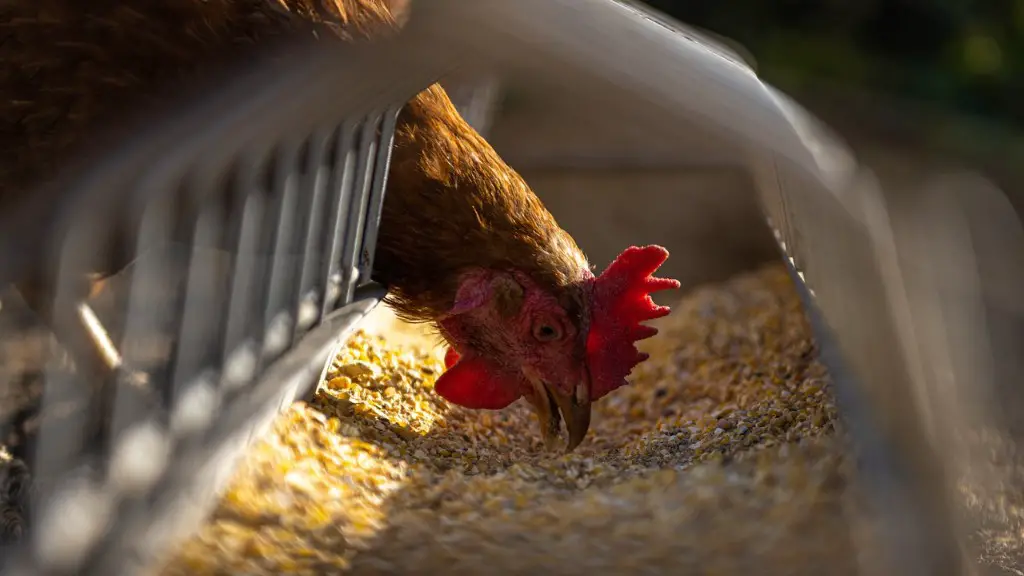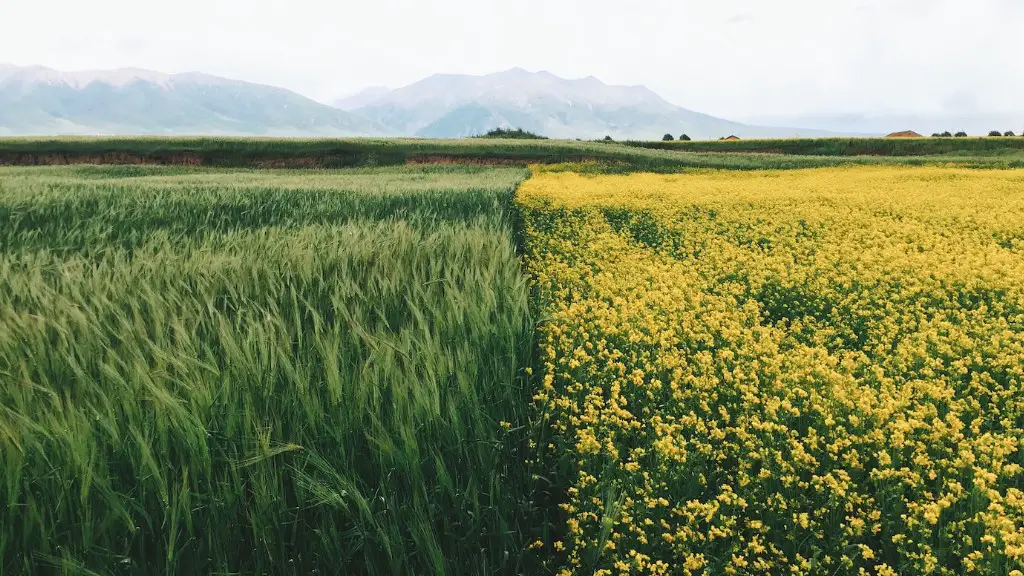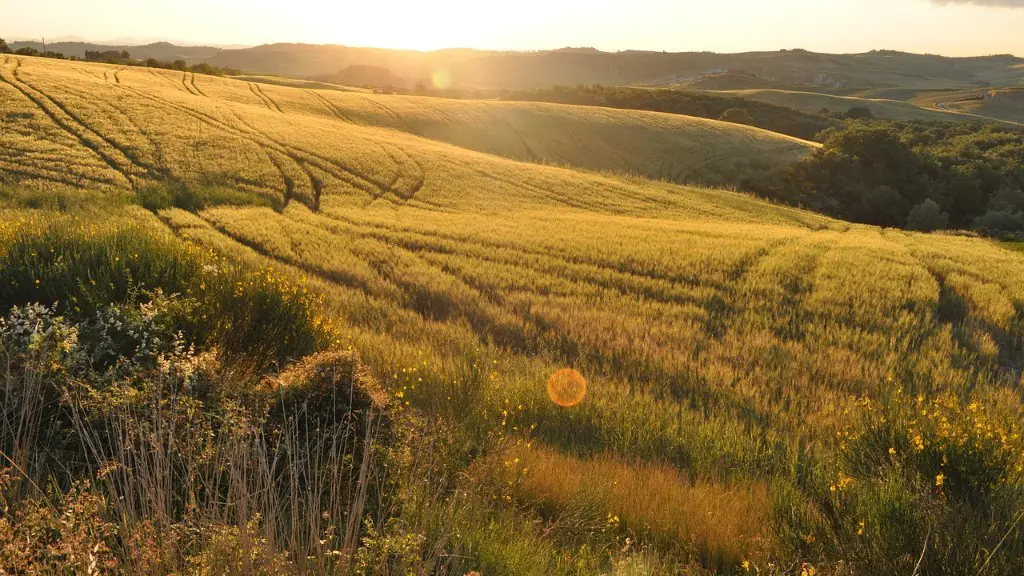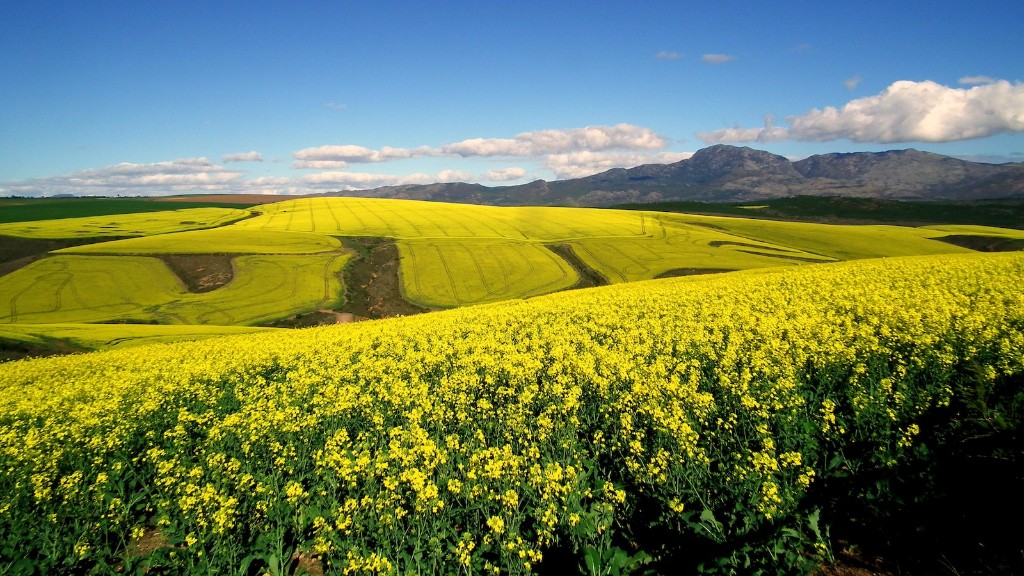Agriculture is one of the main causes of deforestation. Farming practices like slash and burn clearcutting, and monoculture lead to the loss of trees and other vegetation. This in turn causes soil erosion, loss of wildlife habitat, and climate change.
Deforestation is often caused by people clearing land for agriculture. When forests are cleared for farms and ranchland, the trees are usually burned. This releases large amounts of carbon dioxide and other greenhouse gases into the atmosphere. It also eliminates the trees’ ability to absorb these gases. Deforestation accounts for about 10 percent of global greenhouse gas emissions.
What type of agriculture causes deforestation?
It is estimated that three-quarters of all tropical deforestation is driven by agriculture, with beef production responsible for 41% of it, palm oil and soybeans accounting for another 18%, and logging for paper and wood across the tropics accounting for another 13%. These industries are also dominant in a few key countries.
Beef production is the leading cause of deforestation in the world’s tropical forests. The conversion of forest land to pasture for beef cattle generates more than double the amount of deforestation than that caused by the production of soy, palm oil, and wood products combined. The demand for beef is the main driver of this deforestation, as the global meat industry continues to expand. The impact of beef production on the environment is significant and its contribution to climate change cannot be ignored.
Does farmland cause deforestation
Deforestation is a huge problem across the globe, with agriculture being one of the biggest drivers. Farmland expansion is responsible for 90 percent of deforestation around the world, which is devastating for the environment. This includes crops grown for both human and animal consumption, as well as the clearing of forests for animal grazing. We need to find more sustainable ways of farming that don’t require such a large amount of land, and we need to protect our forests so that they can continue to thrive.
Animal agriculture is a leading cause of deforestation, habitat loss, soil erosion, and degradation. In the US, approximately 80% of all agricultural land is used for livestock grazing or growing feed crops. This has had a devastating impact on the environment, and has led to the loss of many important habitats.
What are the 5 biggest causes of deforestation?
The most common pressures causing deforestation and severe forest degradation are agriculture, unsustainable Forest management, mining, infrastructure projects and increased fire incidence and intensity. These pressures are often compounded by weak governance and institutional capacity, as well as insufficient funding for effective forest management.
Tropical deforestation is responsible for 70-80% of all deforestation worldwide. Agriculture is the primary driver of this deforestation, accounting for a larger percentage when degradation – the temporary loss of forest prior to regrowth – is included.
What are the top 3 reasons for deforestation?
Deforestation is one of the leading environmental problems in the world today. Direct causes of deforestation are agricultural expansion, wood extraction (eg, logging or wood harvest for domestic fuel or charcoal), and infrastructure expansion such as road building and urbanization. These activities result in the loss of forests, which in turn leads to a loss of habitat for many animals, as well as a loss of carbon sequestration and other ecosystem services provided by forests.
Deforestation and forest degradation are one of the major causes of climate change. These activities release huge amounts of greenhouse gases into the atmosphere, which contribute to rising temperatures, changes in patterns of weather and water, and an increased frequency of extreme weather events.
What are the 7 causes of deforestation
One of the primary causes of deforestation is agricultural activities. This includes things like livestock ranching, illegal logging, and urbanization. These activities often lead to the desertification of land, which then causes problems like forest fires and mining.
Deforestation is a huge problem that’s only getting worse. The main causes of natural deforestation are droughts, exotic animals, forest fires, climate change, floods and overpopulation of foreign animals. All of these things contribute to the destruction of forests, which in turn has a negative impact on the environment and the wildlife that lives there. Deforestation is often caused by humans, who clear land for farming, mining or other development. It’s important to be aware of the causes of deforestation so that we can try to prevent it.
How many trees are cut down for agriculture?
This is a huge problem. Trees are essential to our planet and our survival. We need to find ways to stop this mass deforestation.
Deforestation is a big problem because it leads to a loss of Habitat for animals, and it also causes climate change.
There are many ways to help stop deforestation, such as by supporting companies that use sustainable practices, or by donating to organizations that are working to protect forests.
What are the 8 causes of deforestation
People have been cutting trees for many years for various reasons. Mainly, people cut trees for harvesting crops and their livestock. However, there are also many other direct causes of deforestation, such as the expansion of agricultural activities, urbanization, mining, forest fires, and expanding infrastructure projects. All of these activities contribute to the loss of trees and the degradation of forests.
Deforestation is a huge problem that is caused by both natural and unnatural causes. Forest fires and severe droughts are some of the natural causes of deforestation. Due to forest fires, large number of trees are burned and hence cause deforestation. In case of severe droughts, trees die due to non-availability of water. All of this leads to the loss of trees and hence, deforestation. Deforestation is a huge problem as it leads to the loss of biodiversity, soil erosion, and also contributes to climate change.
What is the biggest impact of deforestation?
Trees play an important role in the fight against climate change by absorbing and storing carbon dioxide. If forests are cleared or disturbed, they release carbon dioxide and other greenhouse gases, which contributes to global warming. Therefore, it is essential that we stop deforestation in order to effectively combat the climate crisis.
The loss of trees and other vegetation can have a significant impact on the climate, leading to desertification, soil erosion, and fewer crops. This can also cause flooding, as well as increased greenhouse gases in the atmosphere. Indigenous people are particularly vulnerable to these changes, as they rely on the land for their livelihoods.
Final Words
Deforestation is the loss of forests, and agriculture is one of the main drivers of deforestation. Agriculture is responsible for up to 80% of deforestation in some regions, such as the Amazon. Agriculture causes deforestation in a few ways:
– Clearing forests for cropland and pasture: This is the most direct way that agriculture causes deforestation. Farmers clear forests to create space to grow crops or graze livestock.
– Creating demand for products that come from deforested land: The demand for products like timber, soy, palm oil, and beef drives deforestation. Farmers clear forests to meet this demand.
– Changing land use: Agriculture can also cause deforestation indirectly. For example, when farmers clear forests for crops, the cleared land is often unsuitable for agriculture in the long-term. This can lead to further deforestation as farmers move on to new forest areas.
Deforestation is a huge problem for the environment, and agriculture is one of the leading causes. Agriculture requires large amounts of land, and as demand for food increases, more and more land is being cleared for farming. This results in the loss of trees and other vegetation, which can have a devastating impact on local ecosystems. In addition, agriculture often involves the use of harmful chemicals, which can pollute the soil and water and cause further damage to the environment.
